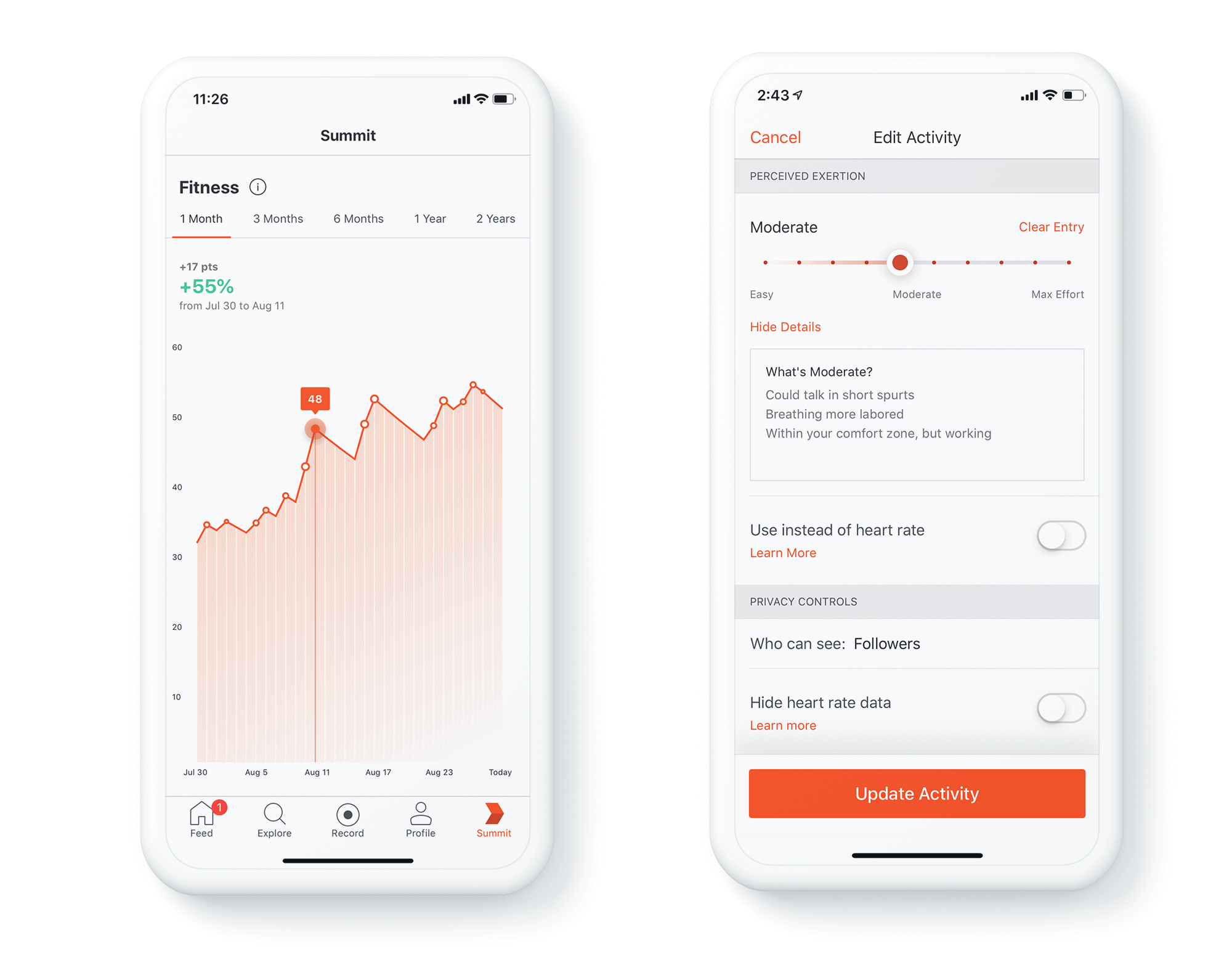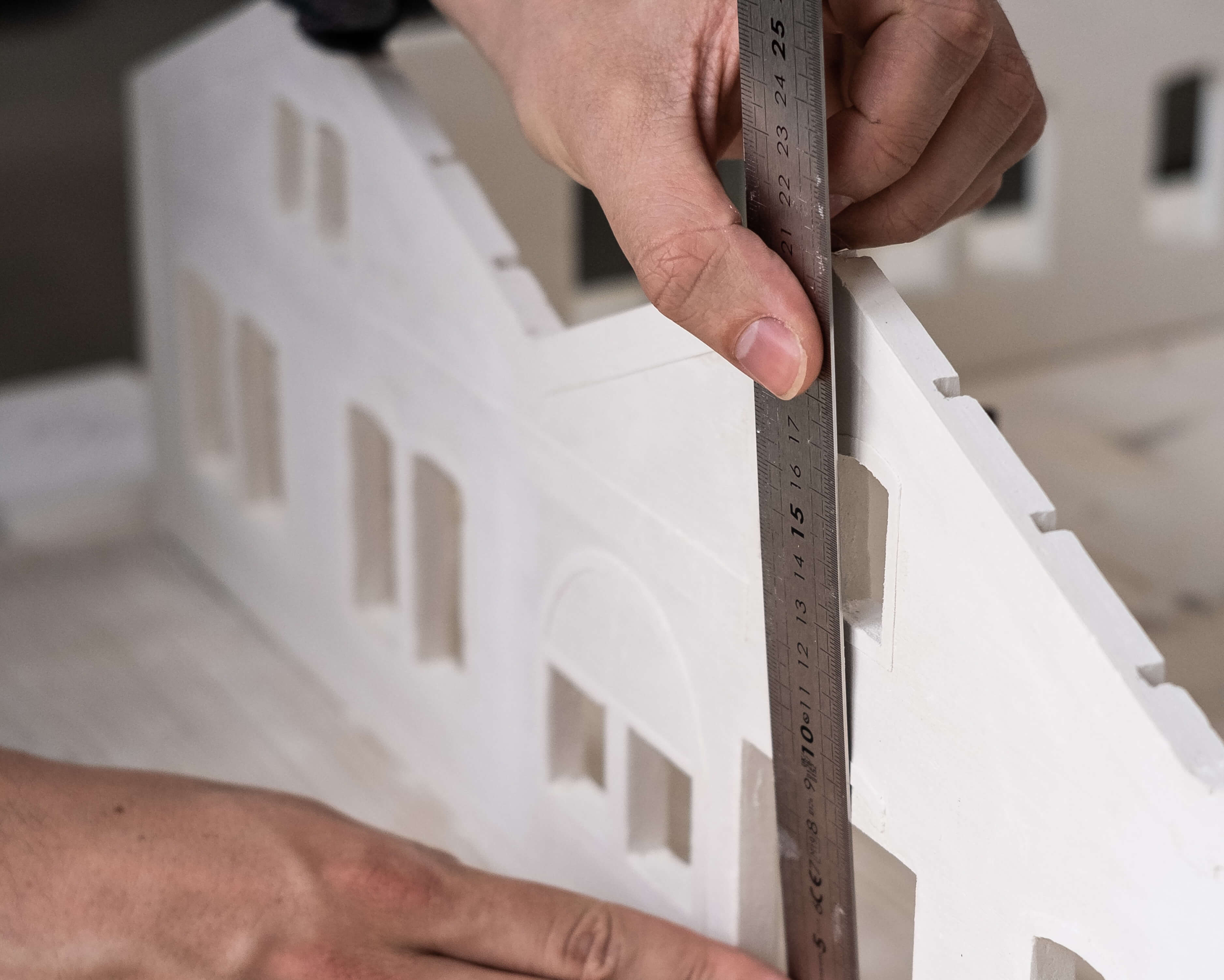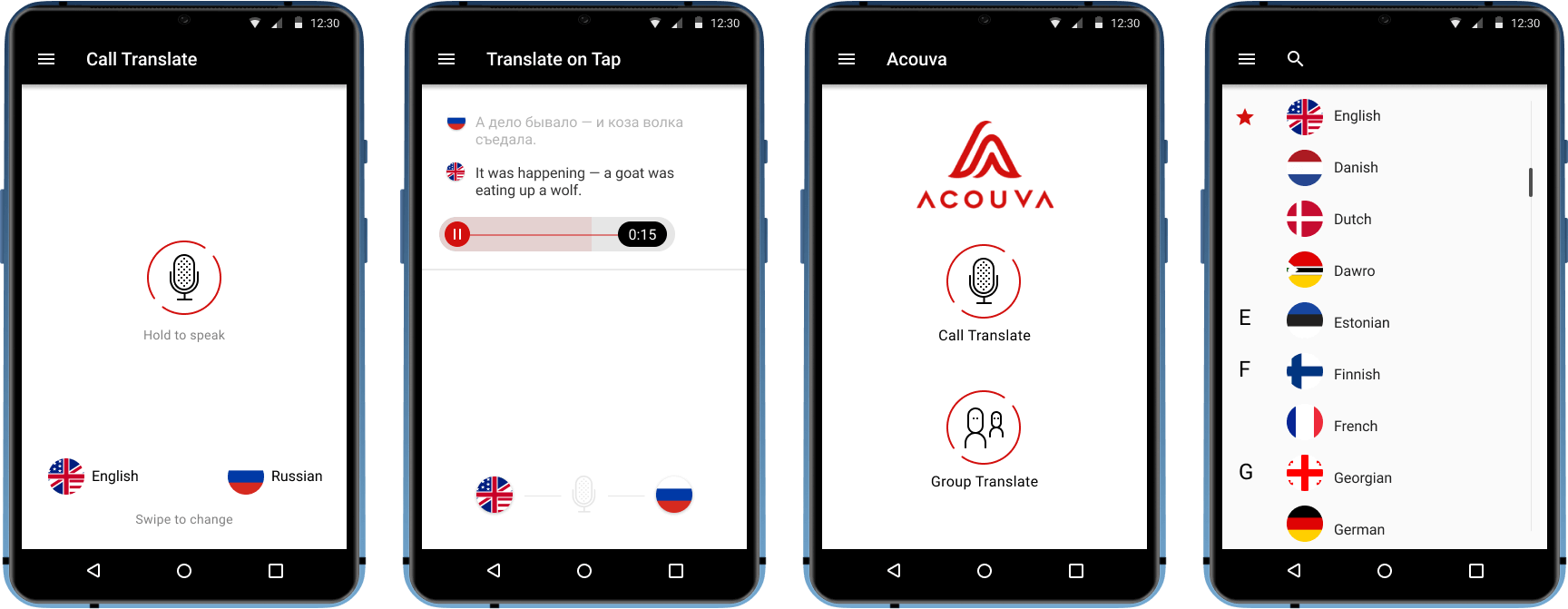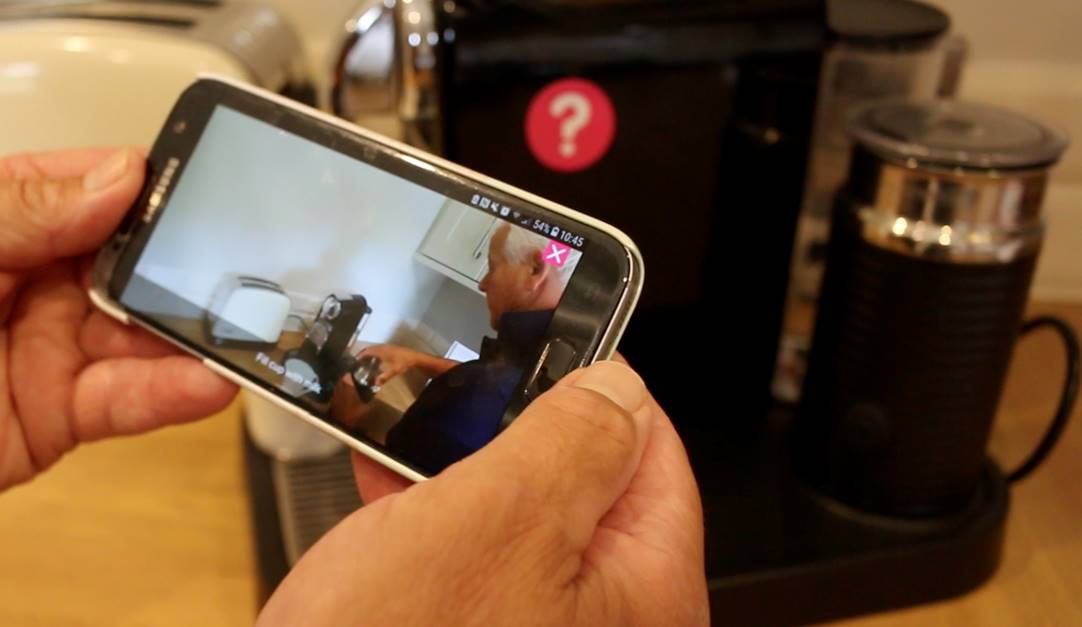How to Reduce Mobile App Development Costs
If only there was a formula to reduce mobile app development costs without affecting the quality of the final product. The bad news is that there’s no universal solution. Every single application is unique, hence, no golden rule to cut the cost of mobile app development. There are, however, several good tips and hacks that help optimize the time, increase the efficiency of the development process and, therefore, reduce the expenses. This is what we are going to talk about in this article.
In this article:
- Understanding mobile app development cost.
- 7 actionable tips to reduce the cost of app development.
- 3 mistakes to avoid when trying to save money on mobile app development costs.
- Real-life examples.
Understanding mobile app development cost
To learn how to develop a mobile app cost-effectively, it’s important to understand what affects the cost of development in the first place. Here are the major factors that influence the price range:
- Platforms. Do you need a native app for iOS, Android, or both? Or maybe a cross-platform approach is good for your project?
- Technologies, tools, integrations. The choices you make when selecting the tech scope will impact the cost — cloud platforms and tools, integrations with third-party systems, development kits, high-end technologies, e.g. AR or machine learning.
- Scope. Generally, the bigger the scope and number of features, the more complex functionality is, the more time and money it will take to build an app.
- Vendor. Rates and collaboration strategy offered by your vendor reflect in the price.
- Scale. How big is your audience, geography, outreach, etc.? As a rule, it depends on the type of your app and the nature of your services.
Let’s talk numbers. According to GoodFirms research, the price difference between simple and feature-rich applications is considerable. GoodFirms suggests that a feature-least market-ready app like Tinder will cost around $40-60K, while the development of a complex global application like Instagram will require around $100K. And even this mark is not the top limit. The cost of developing a high-load application with an elaborate frontend can go as high as $200-300k. However, there are ways to optimize the expenses to a reasonable minimum. Here’s what you need to know.
7 tips to reduce the cost of app development
Choose the right platform

This is one of the first choices you will make when starting a mobile development project. There are many factors to consider, e.g. your audience, device preferences, geo, specifics of the design, goals of your project, etc.
If you need a consumer app that should cover a wide audience from the moment it gets to the market, you probably will go for both Android and iOS. In this case, you can save up to 70% of time and money by opting for cross-platform development.
This is, in fact, one of the most popular strategies to decrease the costs of app development. Modern toolkits like Flutter allow you to build sleek and powerful applications that look and feel good on both iOS and Android devices. Not to mention you will work with one design for both apps.
However, cross-platform is not a one-size-fits-all solution, and we will talk about it later in this post. If you go in favor of native mobile development, consider starting with one platform only. Developing two native applications is roughly twice more expensive. You can save up to 50% by choosing only one platform for the first version of your application. This is usually a good strategy if you are working on an MVP.
Learn about Android app programming services Once the app is out, you get to test it, receive user feedback, figure out what you need to amend and omit. When the time comes to develop an application for the other platform, you will have a very clear understanding of what features and functionality to invest in.
Use libraries, frameworks and third-party services

Fitbit dashboard. Image credit: Fitbit
There are plenty of open-source tools, frameworks, libraries and third-party services that help speed up the development process. Today, you don’t need to build custom components and features to add typical functionality to your app. Instead, you can leverage existing solutions, tweak and customize them as you see fit and integrate them into your application thus saving costs in app development.
For example, if you need to have voice messaging in your app, you don’t need to build it from the ground up but can use a service like Twilio. To add AI capabilities, you can leverage versatile services on large cloud platforms such as Google Vision on Google Cloud. You even can enrich your UI with ready-to-use UI components, for instance, for graphic and other visualization tools.
Reuse existing digital systems

Often, a mobile application is complementary to the existing software that a company already uses. For example, you can have a web system and want to expand to mobile to create an omnichannel experience for your customers or staff.
In this case, you can reuse some of the logic and components from an existing system — pull data from an API, keep business logic on the backend, reuse third-party libraries and integrations from web systems, etc. It will help not only save time and reduce development costs but also create a more consistent experience for end-users.
Outsource tech expertise

You can outsource all or a part of your project to a tech provider. Depending on the specifics of the project and your resources, you can opt for a dedicated team or team augmentation model. Either way, a good outsourcing strategy can help you reduce the total cost of app development.
A full-stack team can take on the project from the idea phase, conduct a Discovery, refine the idea and grow it into a fully functional system. An experienced tech provider will bring in tech and market expertise and will help you make important architectural decisions, select the stack and figure out how to optimize the cost of development.
For example, a diligent partner will suggest what to put to the frontend and what to leave for the backend to make an app fast, high-performing, well-balanced and scalable. These are very important decisions that require knowledge and experience. If done right, you won’t need to invest later in costly remodeling.
Carefully prioritize features

Well-considered feature prioritization is essential for successful project implementation. It helps keep costs under control and ensures the best time to market.
Instead of putting all the features into the first scope, you figure out what functionality you need and want to place a working application on the market. Then, you test your app in the field and build it up iteratively depending on user feedback. It can save you a ton of time and money on skipping the unnecessary features you thought users would need.
There are many techniques and methods project managers use to prioritize requirements and build an efficient development strategy. Check this article about managing product requirements to learn more.
Start with an MVP

This strategy relates to the previous tip. Only instead of a fully-fledged mobile application, we are talking about an MVP — a minimum viable product that has just enough features to get to the hands of early adopters or investors.
This is a key strategy for startups and entrepreneurs who wish to test their ideas before fully committing to building a market-ready product. If you are working on a new-concept application, something like an Uber for agriculture, for example, you can start with MVP development that requires a bare minimum investment at first. When you have an MVP with very basic functionality, you will see if it sticks. And if it does, you can search for further resources.
Consider long-term strategy

Even if you start with an MVP or even a PoC project, you should always keep the big picture in mind. This is a type of mindset that can save you money in the long run. How do you see your application in 2 years? Do you scale it up and add new geo, audience, languages? Thinking of scalability may not bring you immediate price cuts but will surely help you optimize your investment in the future. It will help you avoid major restructuring and meddling with the core.
3 mistakes to avoid trying to reduce cost of mobile app development
Now that we have talked about some tricks that can help you reduce the cost of mobile app development, we should mention a few things that won’t do the job.
Skipping or skimping on the research phase
Analytics is crucial in software development. This is the phase when you learn everything you need to build a sound and useful application. Skipping or skimping on research is, in fact, one of the worst ways to reduce the cost of app development. By saving a little time at the beginning of the project, you will increase the risks of building a completely irrelevant system and wasting money in the end.
Don’t want to make this mistake? Start with a Discovery project! Let’s schedule a call and talk about your ideas.
Going for cross-platform without proper consideration
Using cross-platform tools is a great strategy for reducing the cost of app development. But as we mentioned before, this option is not for everyone.
For example, if you are working on an application with intensive and dynamic UX such as image/video editors or mobile games, cross-platform may fail to fulfill your requirements for high performance, responsiveness and fast rendering. Instead of saving money, you will invest more trying to solve the problems of imperfect UX and delays, and ultimately, may have to rebuild the whole thing from scratch.
Building a high-performing photo and image mobile apps – Success Story by photo printing app developers with 15-year experience.
Miscommunication between contractors

You can engage several contractors and optimize the cost by the difference in rates. It can and does work in practice. However, it’s essential to build effective communication practices between all the parties, divide areas of responsibility and make sure everyone is on the same page. Otherwise, miscommunication and lack of transparency can negatively affect the project timeline and, eventually, increase the costs.
Our experience
Here are several examples of reducing the cost of app development from our experience that relate to the abovementioned tips.
MVP for Acouva

Acouva is a San Francisco startup that has developed smart earbuds with advanced equalizer functionality. Our job was to design and build a companion app for the wearables.
The goal was to create a sleek and lightweight application that would enable earbuds remote control and have real-time translation features. We started with an MVP and developed a minimalistic app with the required functionality enough to hit the market and attract investors. Thanks to Azure and Twilio services, we could add several edge features like real-time translation in 50+ languages and messaging without dragging the development process for many months.
Several applications for How Do I?

How Do I? are long-standing advocates of assistive technology. We started working on their first mobile application for people with learning disabilities about 5 years ago.
Since then, we have developed and deployed several video learning applications for different categories of users including people with dementia and Alzheimer’s. To optimize the cost and time of development, we reused the components from previously developed applications to build new apps and scale them for new platforms, tweaked existing features to adjust to the needs of new categories of users.
Instead of conclusion
Over a decade-long experience in mobile app development, it seems like we’ve seen it all. We had a chance to build applications from zero and give a second life to the apps that needed serious fixing and costly repairs.
Whatever the case was, the cost was often one of the major deciding factors. Knowing how to optimize expenses without hurting the quality of the product is extremely important for the outcome. It requires not only experience and skill but also a future-oriented outlook and genuine care for the project.
Are you working on an application? Let’s talk about how we could help you develop a mobile app in a cost-effective way. We provide extensive services in native and cross-platform development, including HIPAA-compliant telemedicine app development, medical application development, photobook mobile app development, customer engagement app development.




